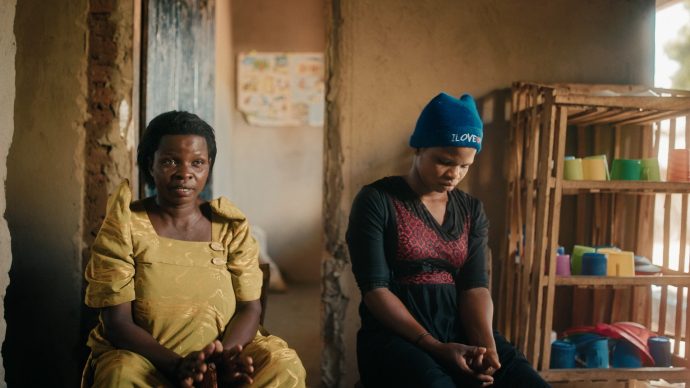Mutual distrust, power struggles and tension over the hoarding of resources, including gold, gems and timber, have characterized the long history between the rulers of Burma – primarily of Burman background – and the many other smaller ethnic groups that comprise this Southeast Asian nation of more than 50 million, looking forward to the first free elections in decades in april.
UN news agency, IRIN, has made a list of the most important ethnic groups in Burma, and tries to analyze the threats and possibilities after the elections.
According to the last official census in 1983, the Burman accounted for 69 percent of the country’s population.
Each ethnic group regards the protection of their individual languages, customs, culture and natural resources important to their national identity.
At the same time, the government has steadfastly believed that a “crisis of the minorities” – internal conflict among Burma’s sizable minority communities, which make up one-third of the population – could undermine the country’s stability.
Now, a shift in government discourse and a recent string of cautious ceasefires have prompted people to wonder whether peace will last this time and what it will bring to participants in the longstanding civil conflicts, how it will affect the regional refugee crisis, and what it will mean for the recent relaxation of restrictions and a more open Burma.
Until the 2010 presidential election, the military government had shown few concrete signs of addressing ethnic grievances, resorting instead to brutal crackdowns, which earned international rebuke and sanctions from potential donors.
IRIN offers a brief overview of the complex ethnic mix that Burma hopes to meld into a flourishing modern state.














